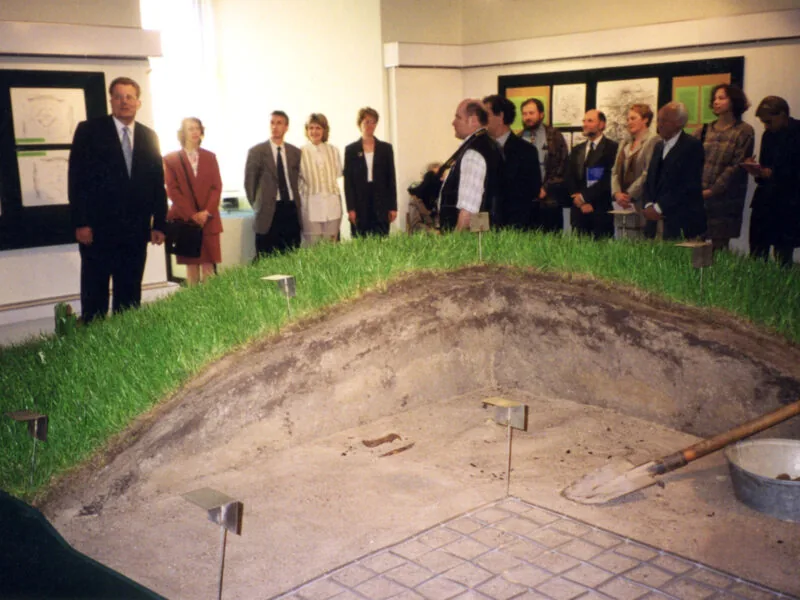LNMH history
The LNMH is one of the oldest museums in Latvia and the Baltics. The origins of its collection are related to the Riga Latvian Society and its Science Commission, established in 1869. After the foundation of the Republic of Latvia, the Society deposited its collection to the State, and it became the basis of the State (Latvian) Ethnographic Museum, founded in January 1920. In the same year, the Museum acquired premises in Riga Castle. In 1924, the Ethnographic Museum was renamed the State Historical Museum, broadening its thematic scope. In the following decades, adapting to the circumstances of changing political powers, the Museum continued to develop as a centre for the collecting, research and promotion of Latvian historical evidence.
Establishment and activities of the RLS Museum (1869–1919)
The Riga Latvian Society (RLS), founded in 1868, included several cultural-educational commissions. In 1869, the RLS Science Commission was established; it was active in collecting ethnographic data and founded a museum – the predecessor of the LNMH.
Read more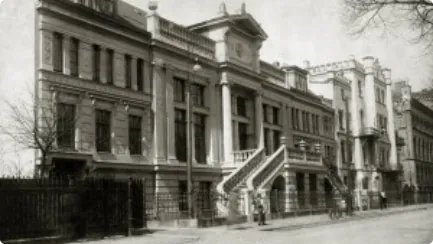
Foundation and development of the State Historical Museum (1920–1940)
In 1919–1920, the new Latvian state established its national cultural institutions, including the State Archives, the State Library and museums. The former Riga Latvian Society Museum grew into the State (Latvian) Ethnographic Museum.
Read more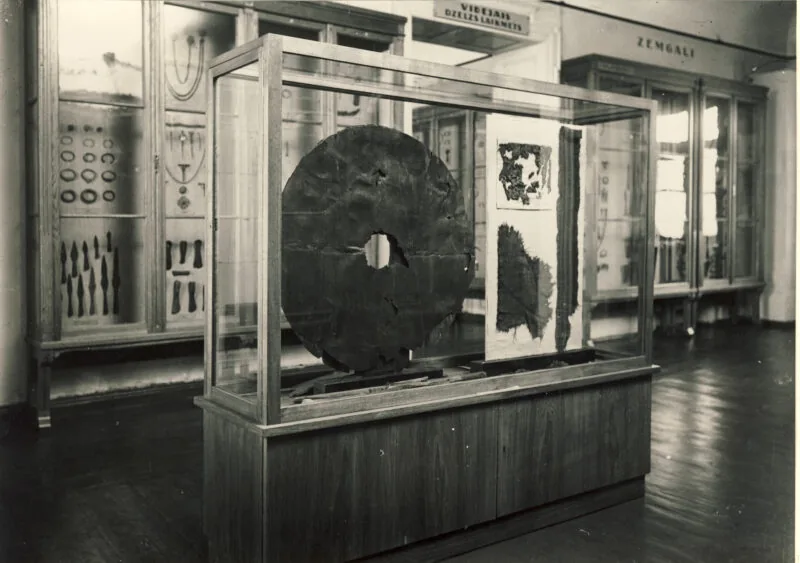
In the shadow of the occupations and the war (1940–1944)
World War II and the Soviet and Nazi occupations imposed new ideological frameworks, which influenced both the Museum’s public activities and the work on its collections.
Read more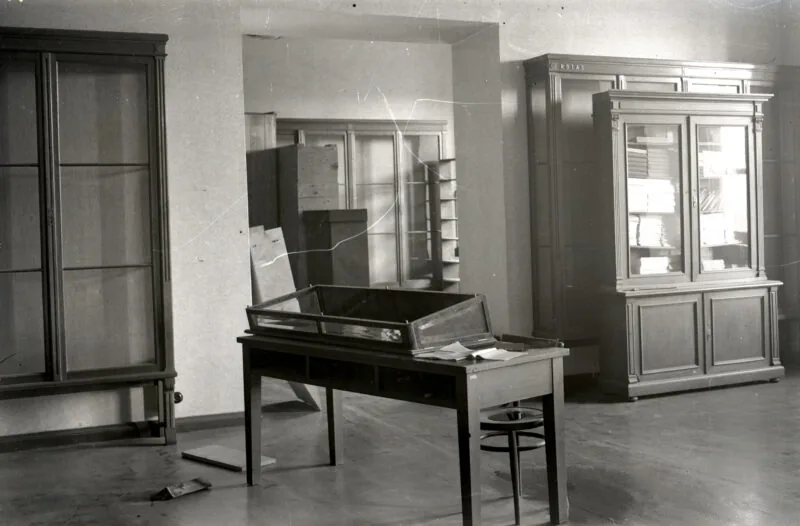
Adapting to the Soviet occupation (1944–1990)
After World War II, the Museum had to comply with various ideological restrictions imposed by the Soviet occupying authorities however, it continued serving its main task – to collect, preserve, study and promote evidence of Latvian history.
Read more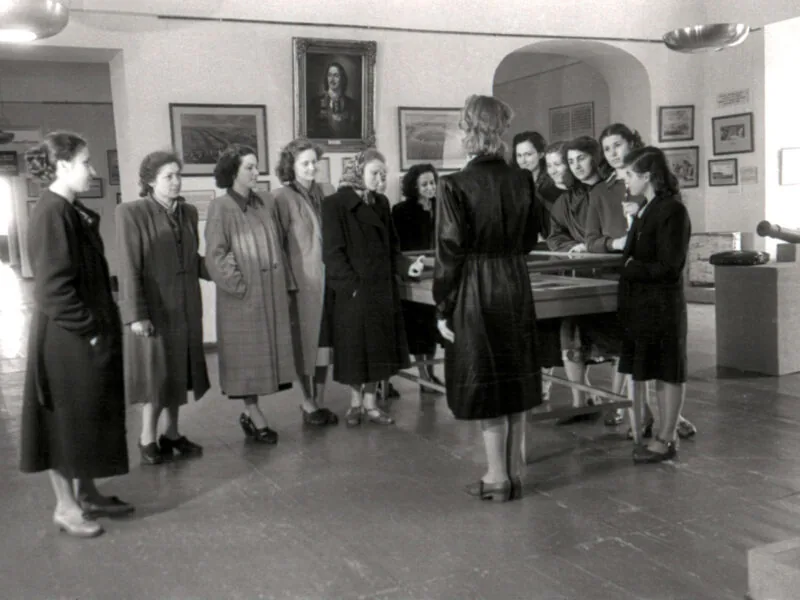
Museum of history of an independent state (since 1990)
In the 1990s, the museum reorganised its work in line with the new circumstances of an independent country. Gradually, a new permanent exhibition was created, international cooperation was developed, the tradition of scientific conferences was initiated and the museum’s publishing activities were revitalised.
Read more